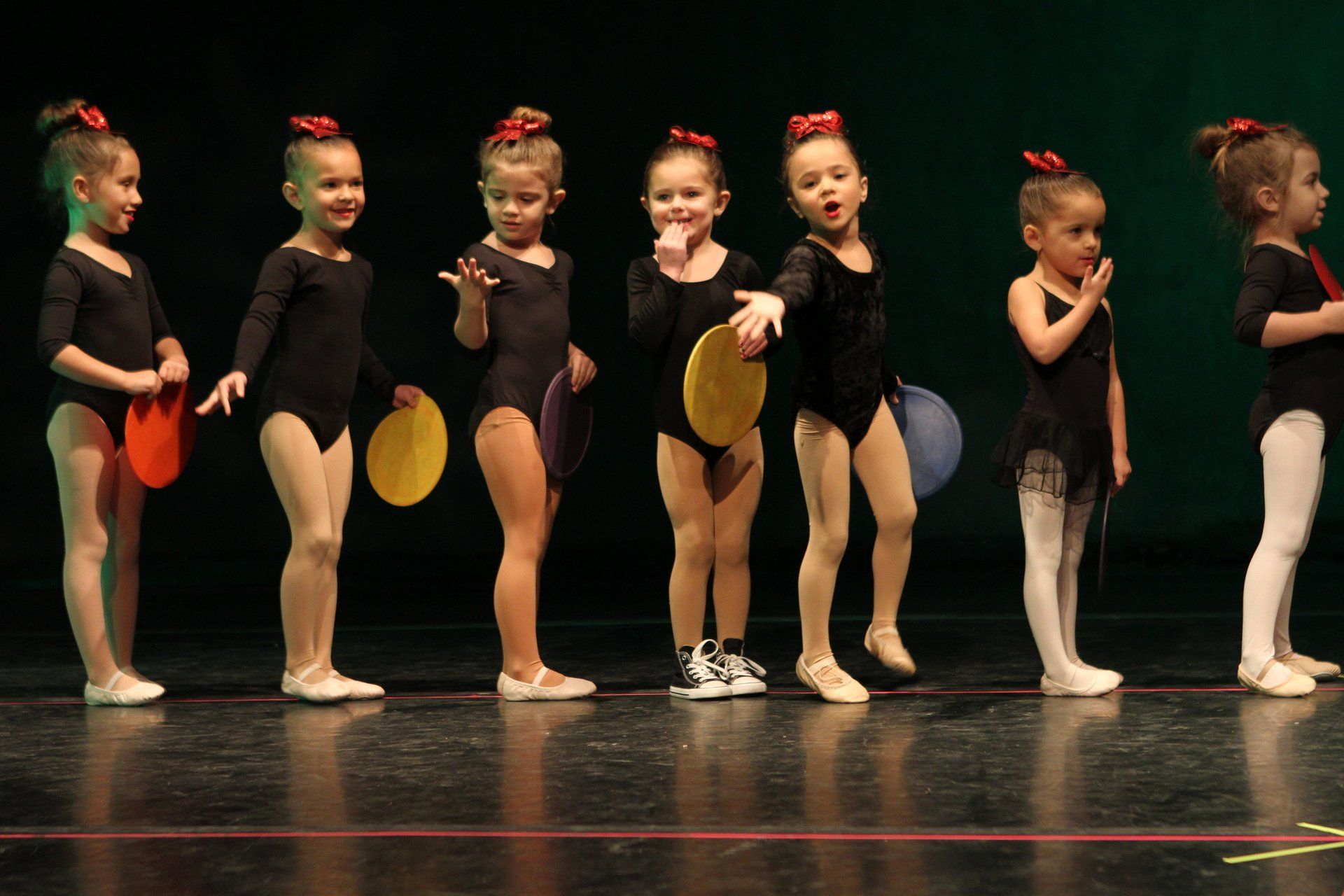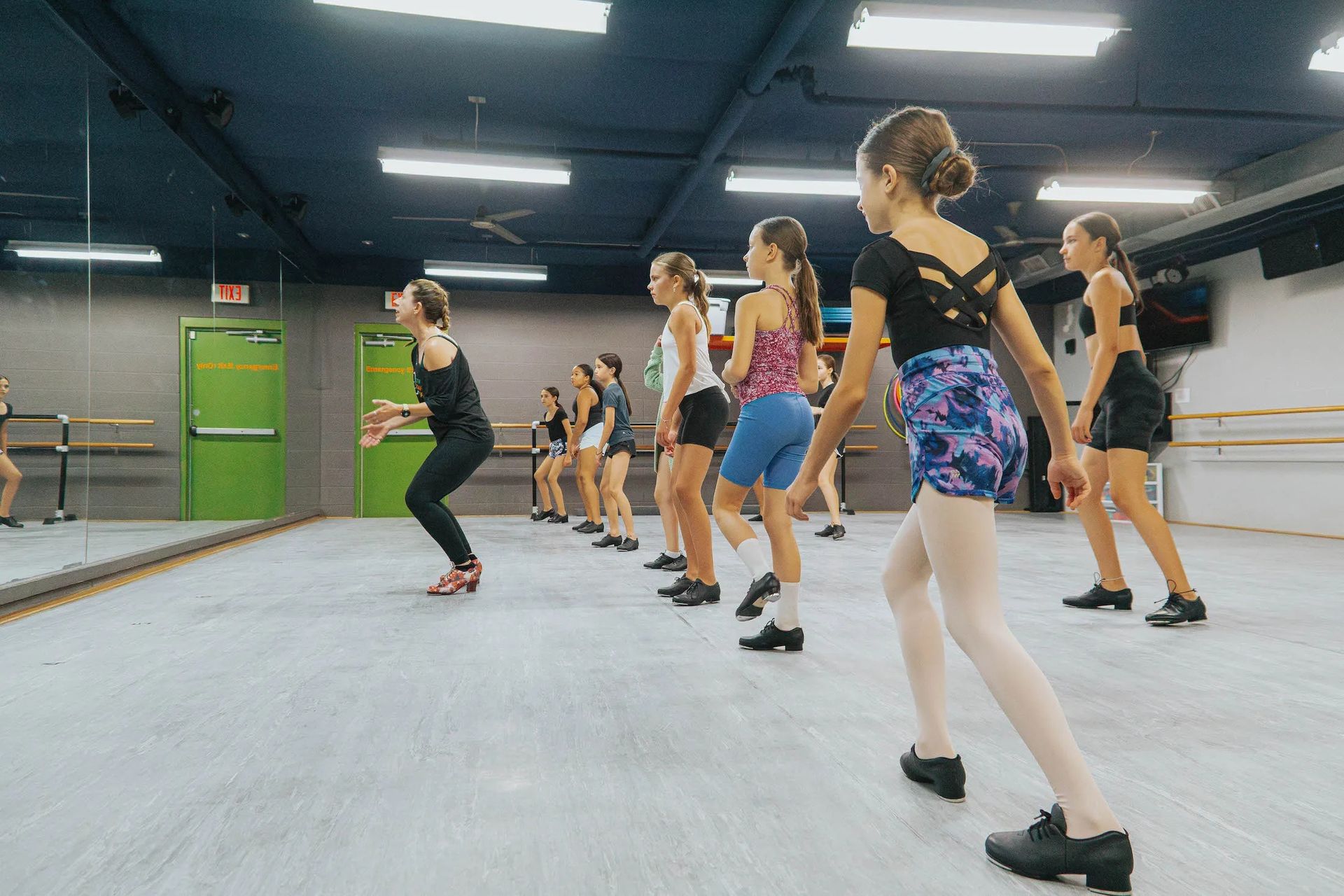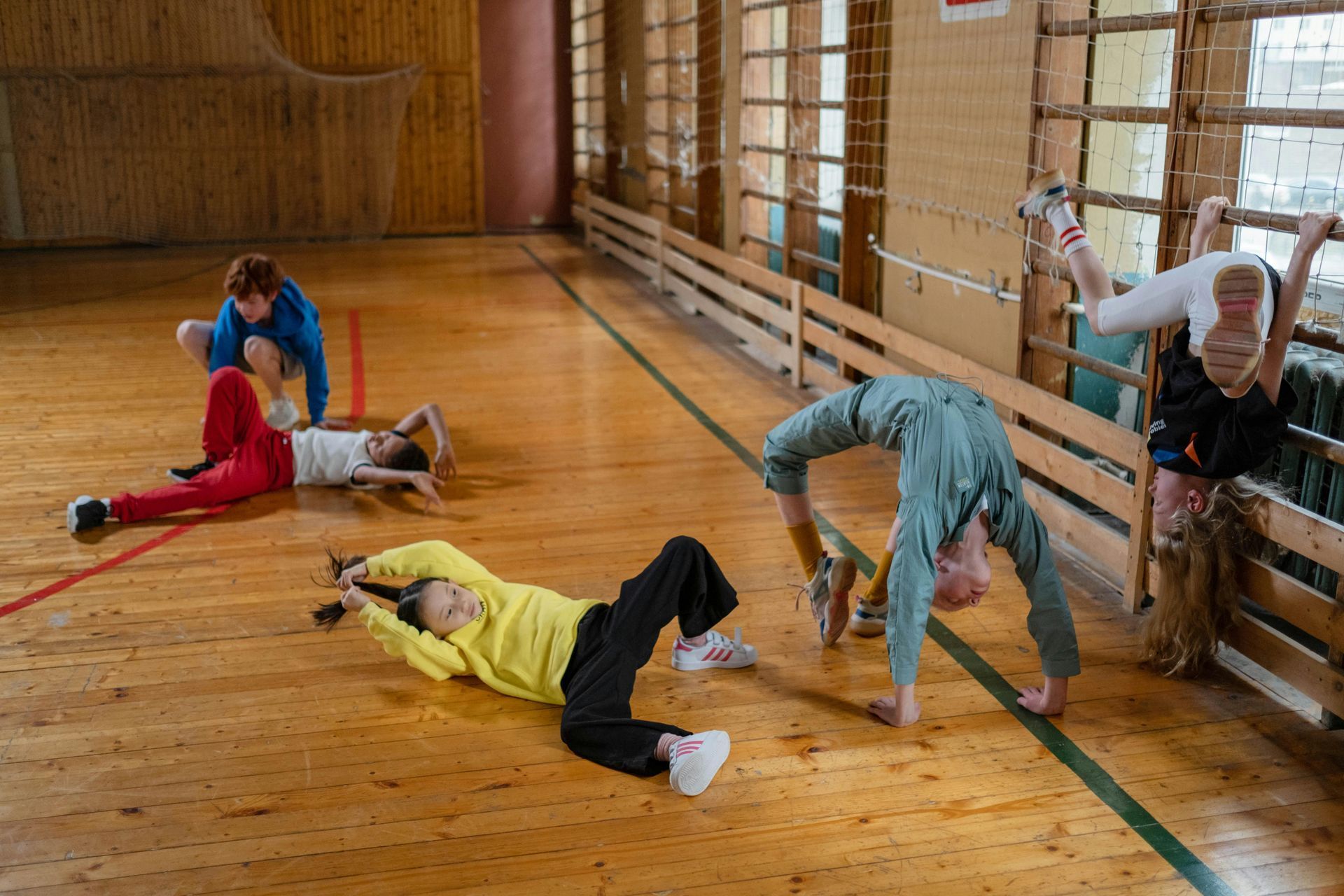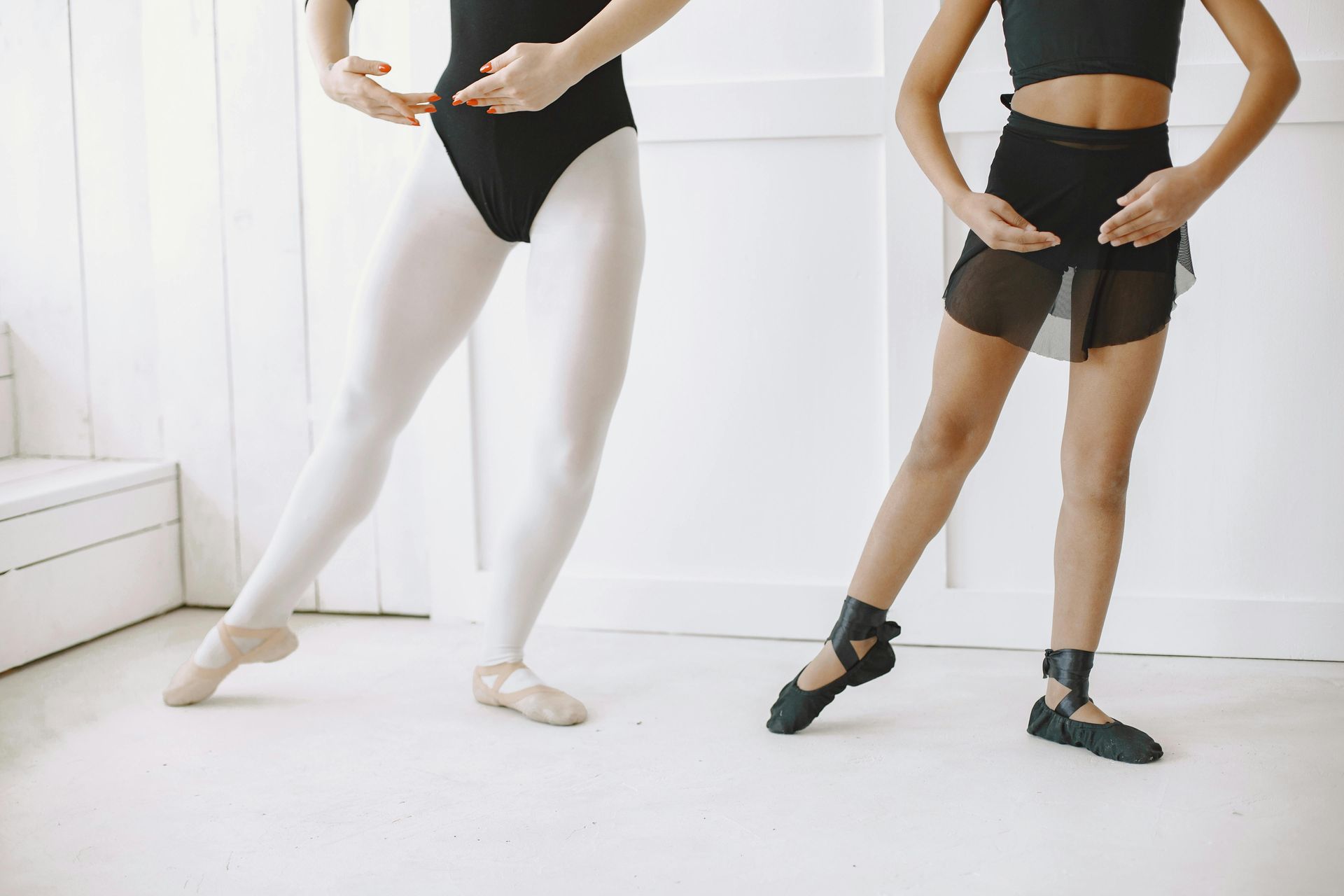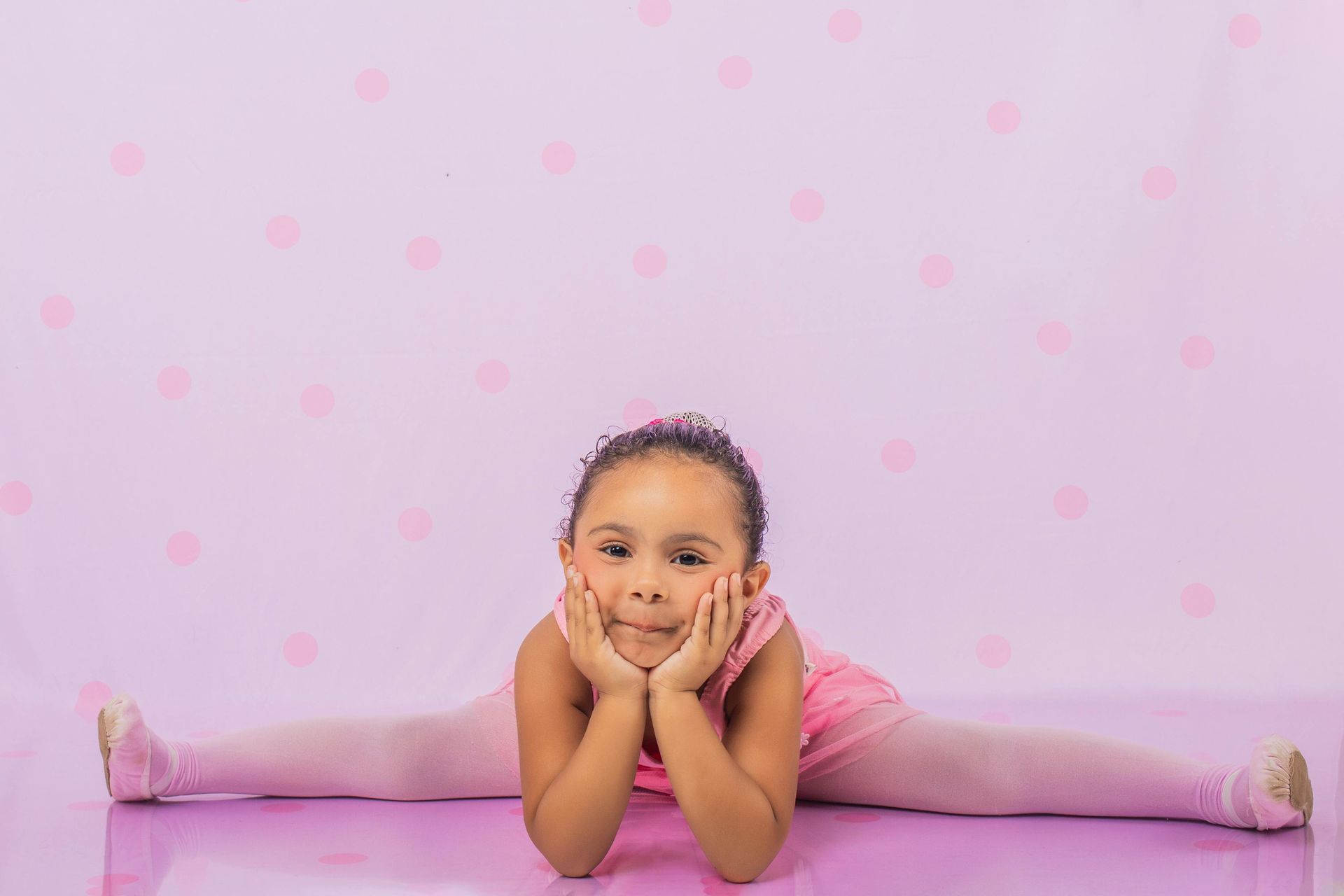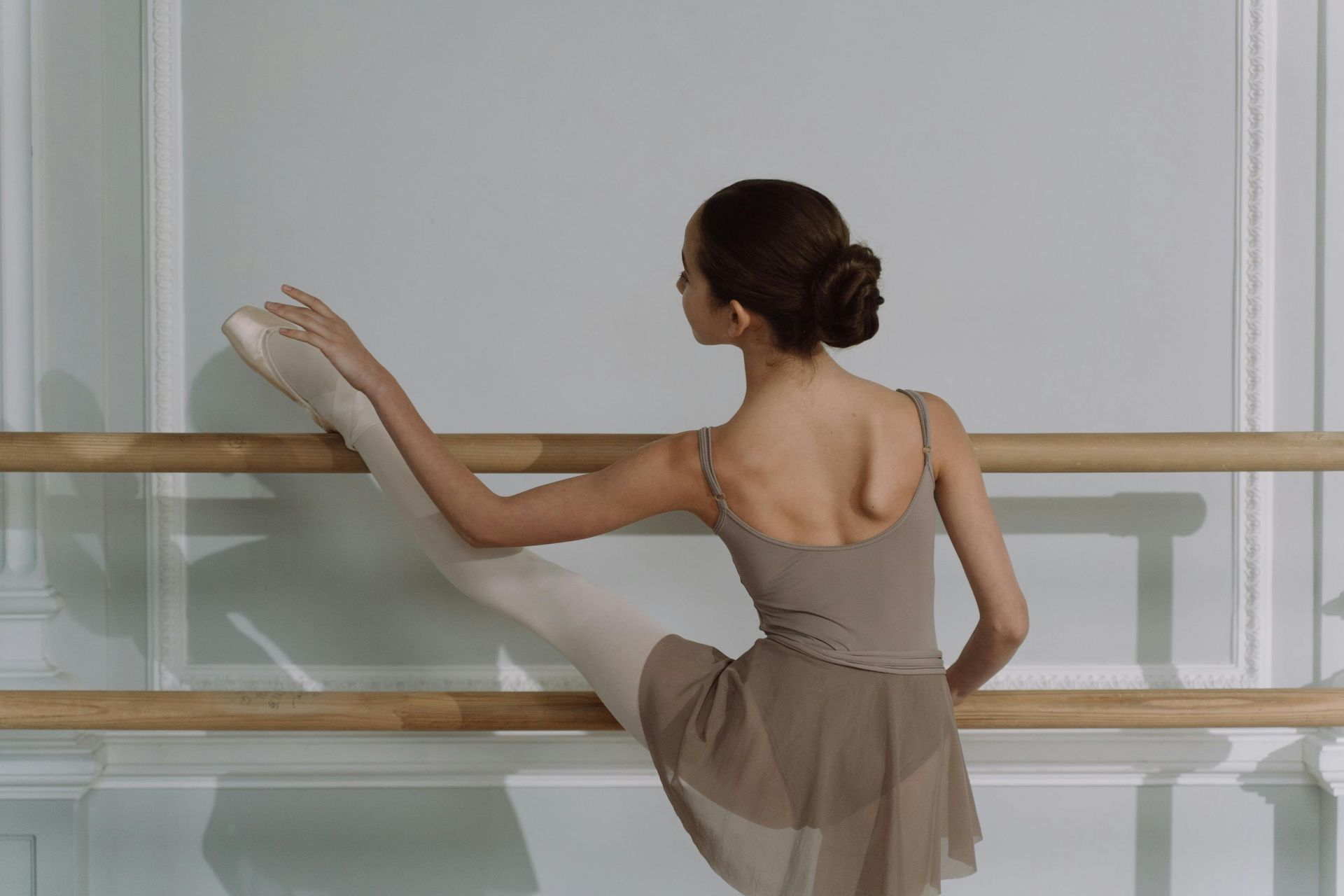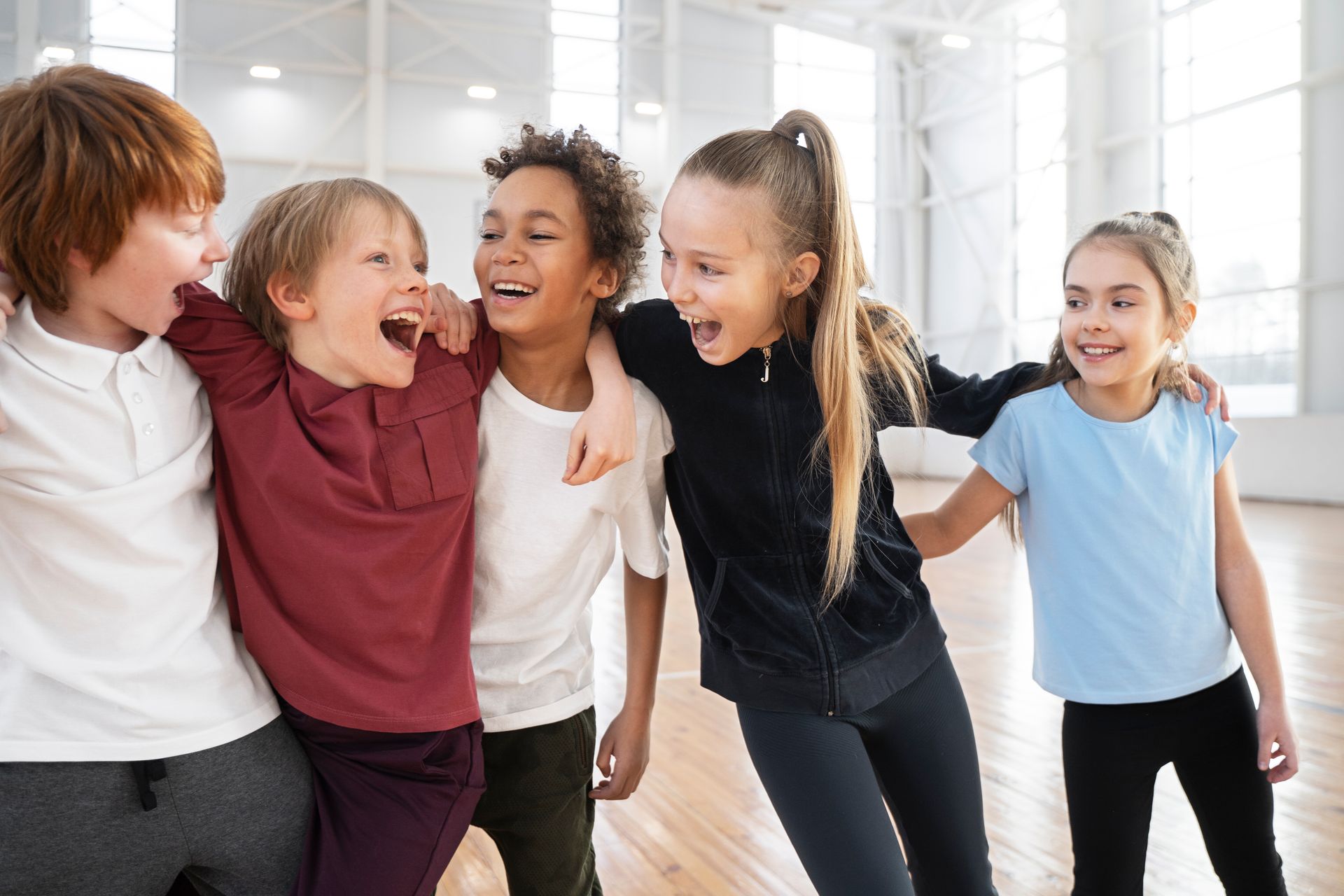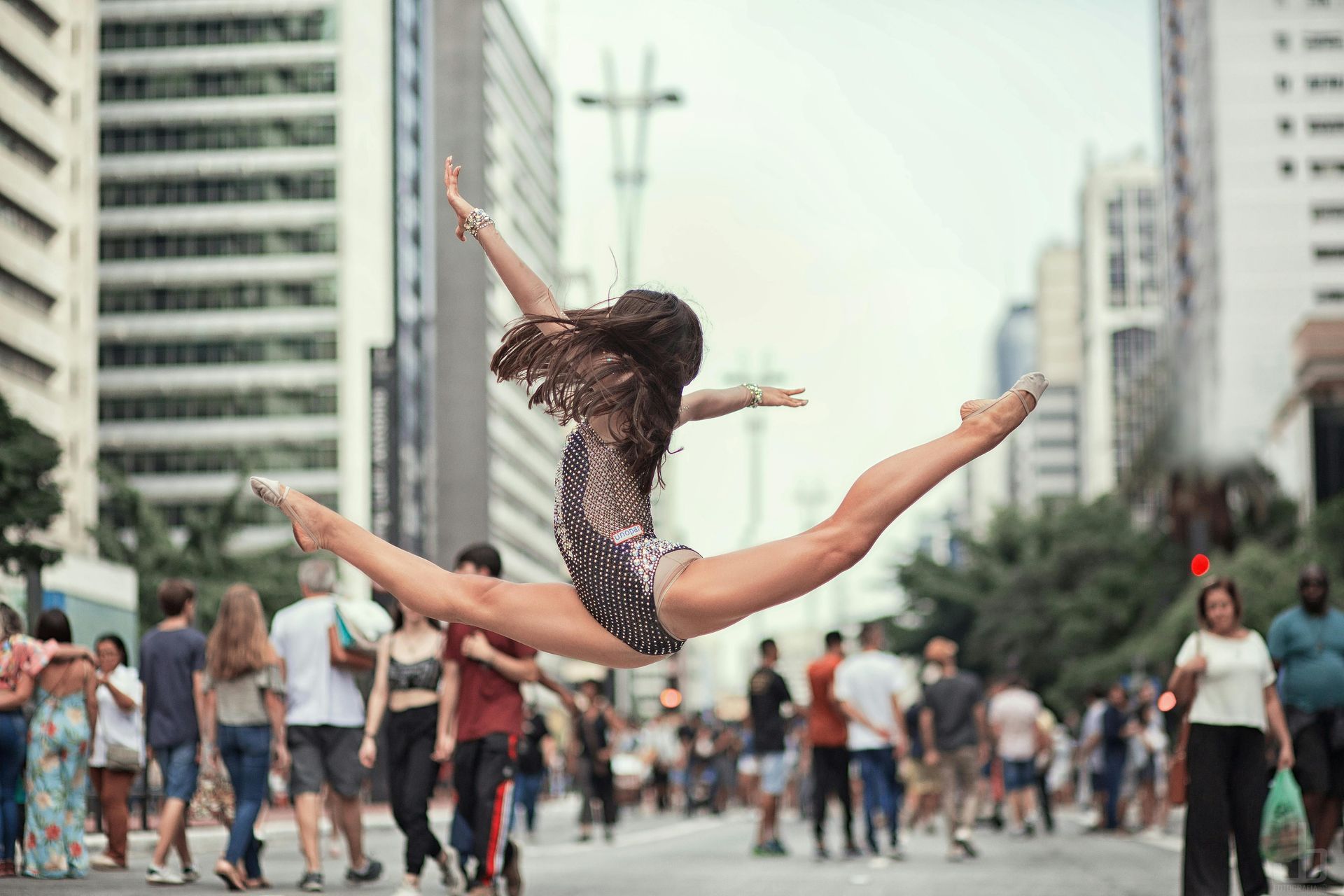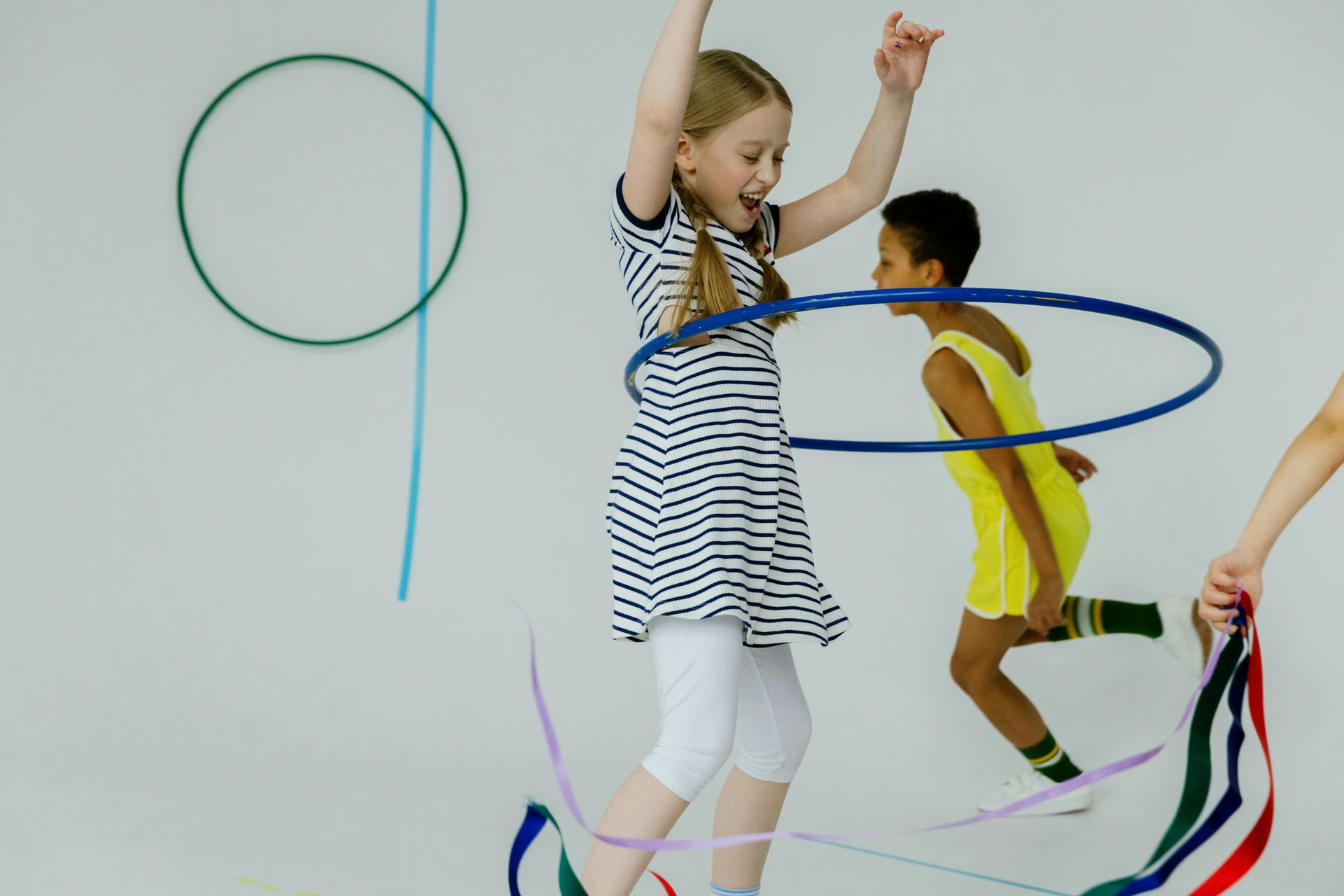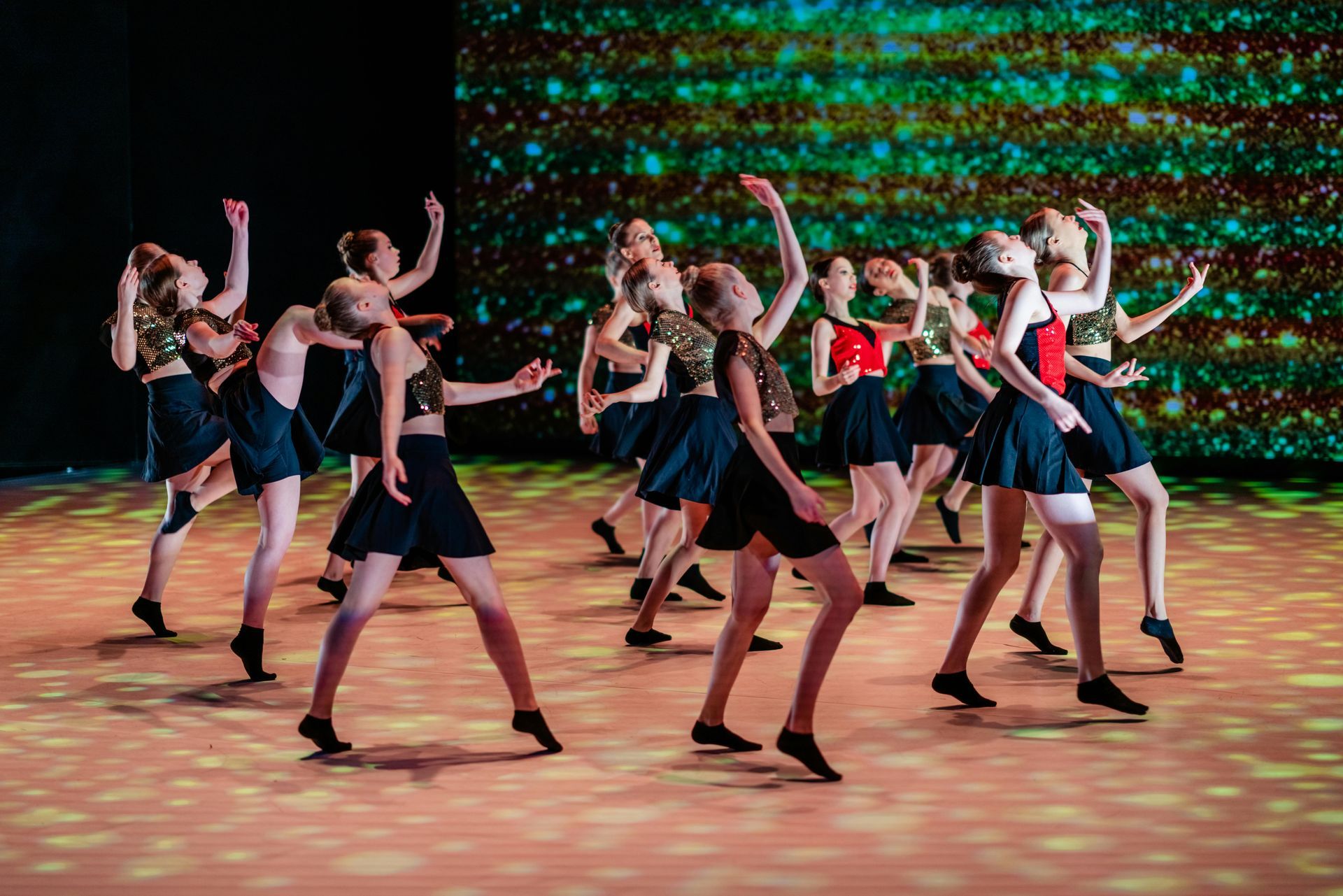Three Unexpected Ways Dance Helps Kids!
Beyond physical fitness, dance can do much more for children.
We all know dance helps children and teens grow in many positive ways. The physical conditioning, grace, and ease of movement is an obvious benefit of dance. But the benefits extend well beyond that. The rehearsals required in dance teaches young people to follow directions and get along with others, all while growing a circle of friends. The diligent practice and work ethic teaches self-esteem and self-respect. The art of dance also instills an appreciation of music, dance and other art forms that enrich our lives.
But did you know that dancing provides many more benefits for children?
Here are 3 that may surprise you:
1.) Elevated Mood Levels
When you exercise your body releases endorphins; which is the hormone that makes you feel good. Dance is exercise! What better way for a kid to decrease their blues than dancing them away?
We all feel stress at any age and feeling down can make it hard to exercise. But having an exercise routine that's FUN and doesn’t feel like work can decrease school and social stress while increasing a kid’s overall sense of well-being. It's time for your child to dance their stress away!
2.) Increased Mental Focus
According to a 2006 study in Medical Life Sciences dance therapy can be a successful method for reaching children and adolescents who suffer from a variety of behavioral issues. During their study they found, “Boys with ADHD calmed down. Their parents and teachers reported that they did their schoolwork better…after dance therapy [he] could attend a whole lesson.”
Most parents can attest to seeing negative behavior in their children when there’s too much pent-up energy. Once they have the opportunity to release that energy, most kids are able to regain their mental control and focus much better. Dance is such a great option because they’re getting those wiggles out while having a great time!
3.) More Energy
Just like adults, kids can also have a lack of motivation at times. An organized dance class can help enormously! Research published in The Scholarly Publishing and Academic Resources Coalition stated that joining a weekly dance class actually improves your physical well-being and increases energy levels.
In addition to all that, dance gives kids an amazing wellness tool that can be taken with them and used throughout their entire lives! Dancing keeps their growing bodies moving and they love letting loose with their friends while staying healthy, happy, focused, and energetic.

